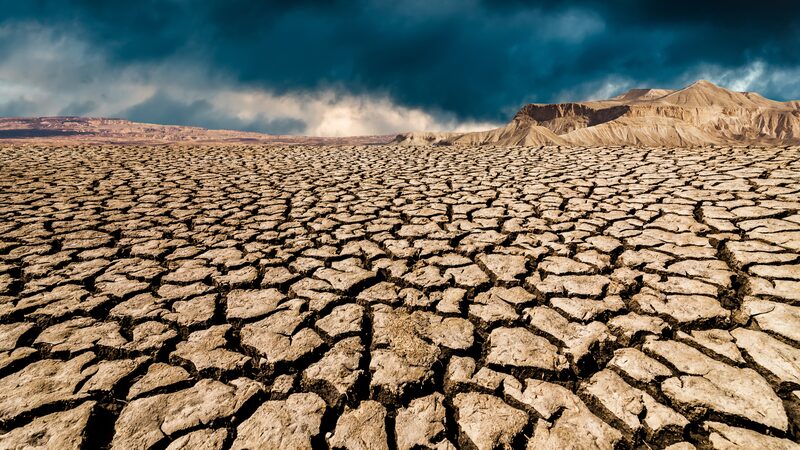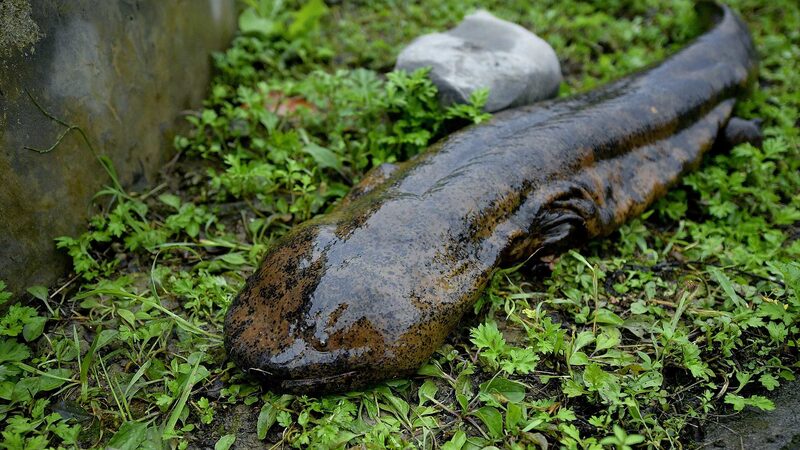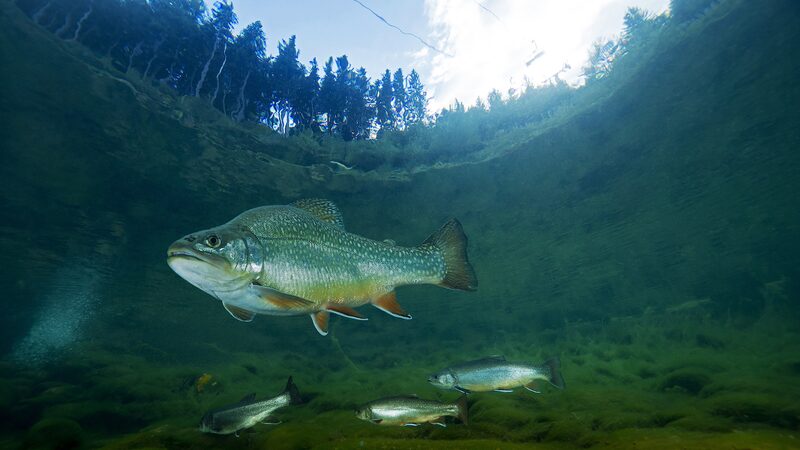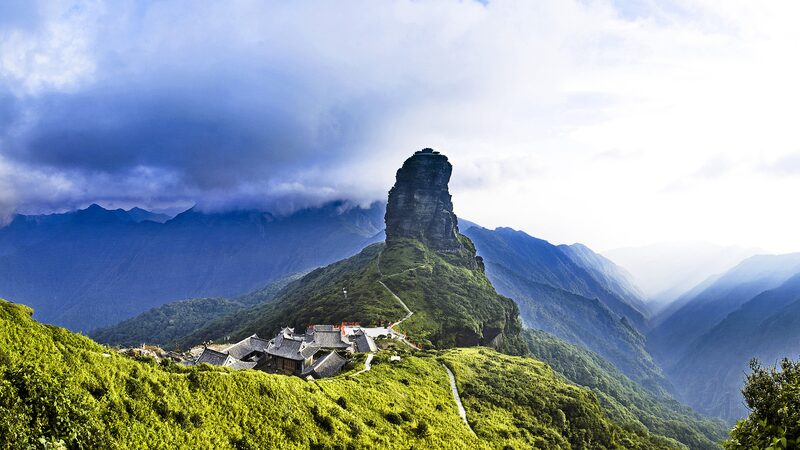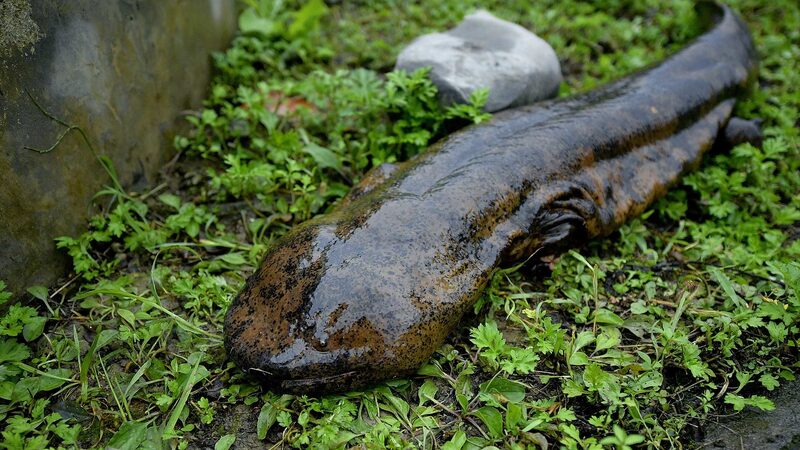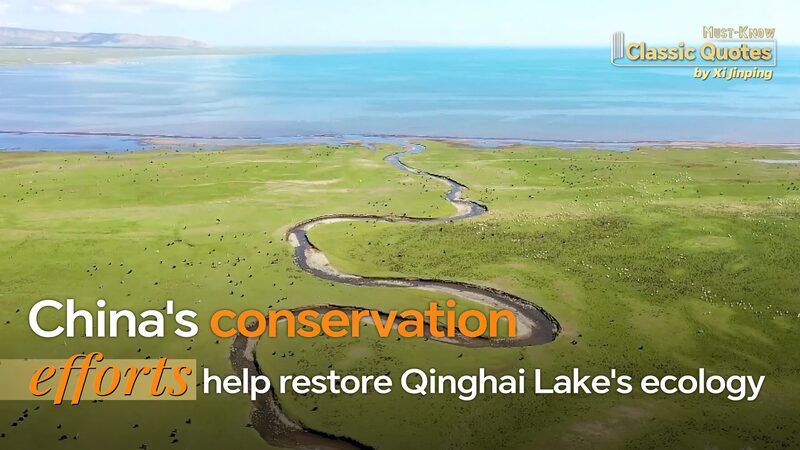An alarming new study from Israel’s Ben Gurion University has revealed that the majority of the world’s drylands, which make up nearly half of the Earth’s land surface, are left unprotected from human activities, posing significant threats to global biodiversity. This unprotected status is particularly concerning for Asia, home to extensive dryland regions teeming with unique ecosystems and species.
Published in the journal Nature Ecology and Evolution, the study highlights that only 12 percent of drylands are currently encompassed by protected areas under all International Union for Conservation of Nature (IUCN) categories. This figure falls dramatically short of the Convention on Biological Diversity’s (CBD) global agreement target of safeguarding 30 percent of the Earth’s surface by 2030.
“The lack of adequate protection exposes drylands to various human pressures,” the researchers noted. These pressures include agriculture expansion, timber and plant harvesting, overgrazing, infrastructure development, climate change, invasive species, disease, and increased utilization of alternative energy sources. Such activities not only degrade the land but also fragment habitats, pushing numerous species towards the brink of extinction.
The situation is even more dire when focusing on the most biodiverse dryland areas. Less than 5 percent of these critical habitats are strictly managed for biodiversity conservation, and less than 10 percent of habitats for most species are allocated to conservation efforts—barely enough to maintain viable populations. This includes hundreds of amphibian, bird, mammal, and reptile species, as well as dryland endemic species found nowhere else on Earth.
Asia, along with Africa, faces significant implications due to the vast expanses of drylands within its borders. Regions such as Central Asia, the Middle East, and parts of South Asia are already experiencing severe land degradation and substantial declines in water resources. The study emphasizes that the biodiversity in these areas is particularly vulnerable to extreme heat events, resource fluctuations, and habitat fragmentation resulting from human activities.
Moreover, the researchers predict profound human-induced changes in drylands throughout this century, driven by rapid urbanization, agricultural expansion, and the increased pursuit of alternative energy sources. Without immediate action, these changes could irrevocably damage the delicate ecosystems that countless species—and human communities—depend upon.
In contrast, non-dryland regions enjoy better protection, with 21 percent designated as protected areas. The stark disparity underscores the urgent need to expand conservation efforts in drylands. The researchers are calling on governments and international organizations to prioritize the protection of dryland ecosystems to meet global biodiversity targets and ensure the survival of species uniquely adapted to these environments.
As the 2030 deadline for the CBD’s global agreement target approaches, the study serves as a critical reminder of the work that remains. Expanding protected areas in Asia’s drylands is not just about preserving landscapes; it’s about safeguarding the rich biodiversity that these regions support. The time to act is now, to prevent irreversible loss and to promote a sustainable future for both nature and people.
Reference(s):
Study: Most drylands worldwide unprotected, endangering biodiversity
cgtn.com
